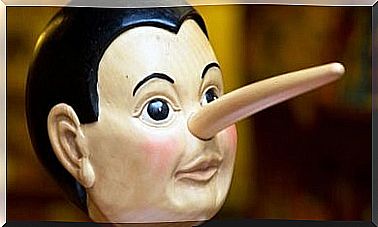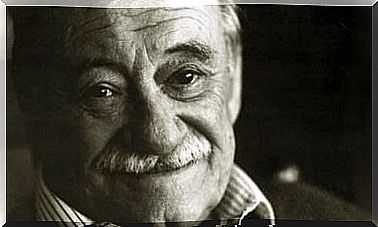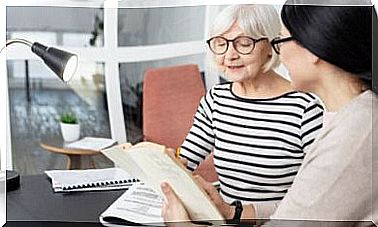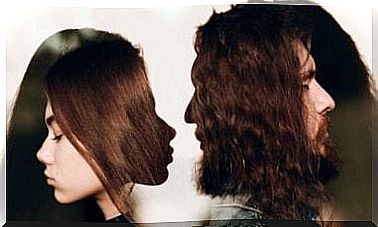Exposure Exercises For Panic Disorder

Panic disorder is one of the conditions that most limits the lives of those who suffer from it. His day-to-day life is engulfed in grave concern about when the next attack will occur; so they restrict their activities and obligations. It is true that drugs can achieve some improvement; however, it is psychotherapy (and especially exposure exercises) that make the biggest difference.
A panic attack is experienced as an intense and sudden terror that is accompanied by various physical and cognitive manifestations. The intense discomfort experienced during the first attack causes the person to begin to feel “fear of fear”. Therefore, he begins to remain alert and vigilant, fearing a new crisis.
What is feared is the appearance of these unpleasant sensations. However, paradoxically, fear itself can make us magnify and oversize any normal bodily sensation. The excessive attention paid to it, along with a series of maladaptive thoughts, ends up causing a new episode of panic.

Interoceptive exposure
Finally, what happens is that the person ends up considering certain innocuous physical manifestations dangerous and alarming. Palpitations are taken as a sign of a heart attack, shortness of breath is interpreted as impending suffocation, and dizziness as the preamble to fainting. During a panic attack the individual feels that he is going to go crazy, lose control or even die.
In order to avoid such unpleasant situations, a series of avoidance strategies are started. Try not to do activities or go to places that have been associated with the panic attack. In addition, safety behaviors are carried out, such as always carrying a bottle of water or sitting near the exits in any transport or public place.
All this avoidance achieves is to perpetuate the interpretation of danger and deprives the person of verifying the harmlessness of their sensations. Therefore, the main element of treatment is exposure to these bodily sensations. It is about provoking these physical manifestations through different exercises so that the person can get used to them and stop fearing them.
Exposure exercises for panic disorder
Some of the most common preventive practices against a panic attack are the following:
- Hyperventilate for one minute. Hyperventilation often causes dizziness, numbness, and a feeling of derealization. For this, it is necessary for the person to breathe in and out through the mouth at a rate of 30 times per minute.
- Breathe through a straw for two minutes. This exercise causes nausea and shortness of breath, as well as rapid heartbeat and palpitations.
- Quickly shake your head from side to side for 30 seconds. With this we managed to cause dizziness and blurred vision. This can also be accomplished by rolling over or lifting heavy objects.
- Make sudden changes in posture, such as getting up suddenly after a while of rest. This will create a hypotension that will act as a dam against overactivation.
- Force breathing is a good exercise to emulate the feeling of tightness and pain in the chest. To do this, the individual has to breathe deeply, keep the thoracic muscles tense and, after releasing as little air as possible, breathe in deeply again. This sequence has to be repeated several times.
- To create the sensation of choking and tightness in the throat, it may be enough to wear a high neck garment or a tight tie. It may also be helpful to press down on the back of the tongue with an item such as a toothbrush handle or a wooden tongue depressor.
- Staying in a very hot environment in warm clothing can be enough to cause feelings of overwhelm similar to a panic attack.

Other Exposure Exercises That May Be Helpful
In addition to becoming accustomed to bodily sensations, exposure exercises in imagination can also be positive. That is, those in which the person visualizes himself experiencing the bodily sensations of panic and facing them, without fleeing or avoiding them.
In the same way, it will be necessary to gradually make live expositions to those places and situations that have been avoided previously. Obviously, exposure can be aversive and unpleasant; however, it has proven to be the most effective intervention, with long-lasting results superior to those obtained with pharmacology.









